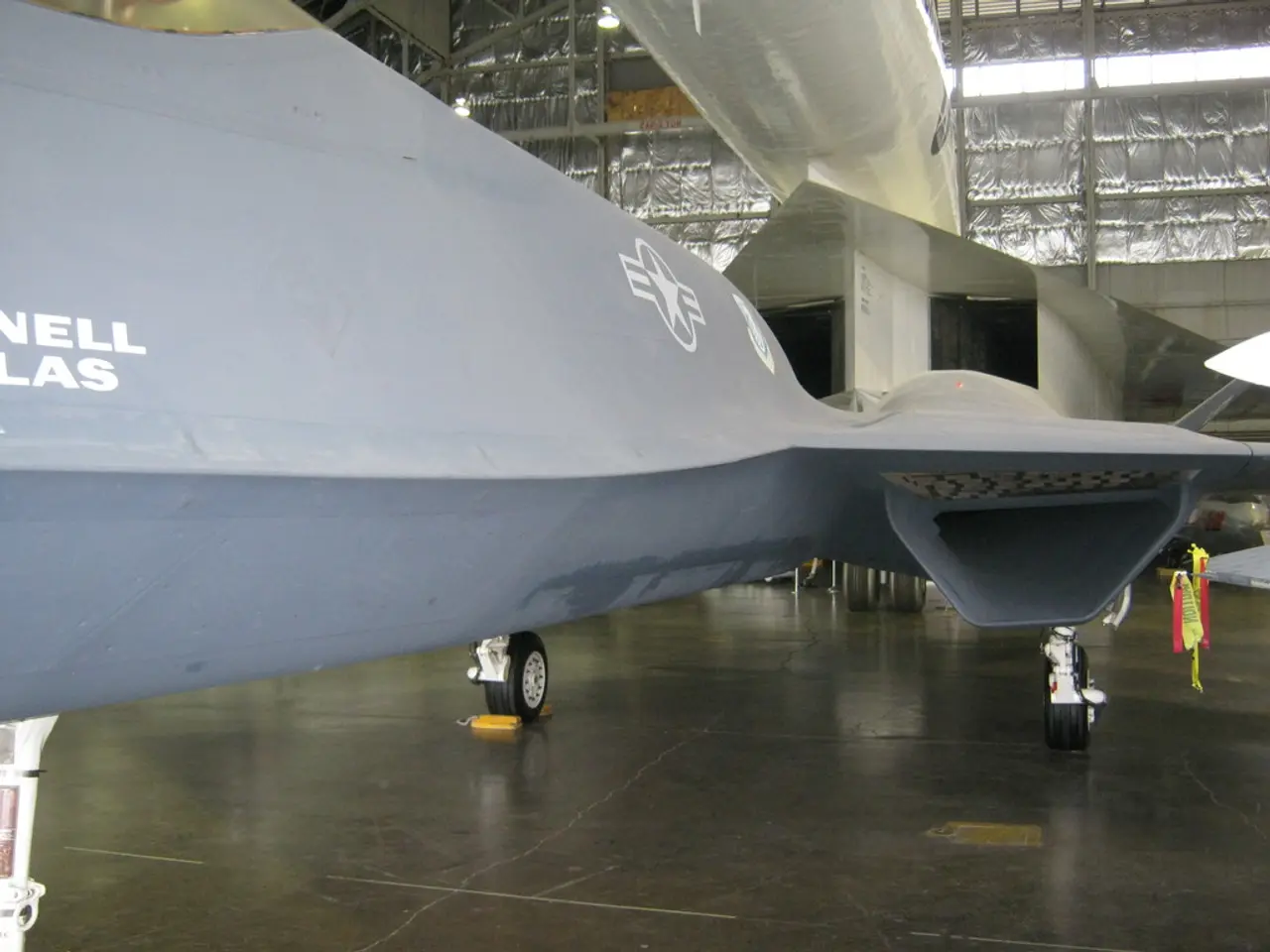TWA Airplane Crash - July 17, 1996
In the summer of 1996, the skies over the Atlantic Ocean were shaken by a tragic event that would leave an indelible mark on aviation history. TWA Flight 800, a Boeing 747-100 aircraft, was en route from John F. Kennedy International Airport to Rome, with a stopover in Paris. However, the flight would never reach its destination, as it exploded and crashed into the ocean, claiming the lives of all 230 passengers and crew on board [1].
Initially, speculation surrounding the disaster ran rampant, with many believing it to be a terrorist attack due to eyewitness reports of a streak of light. However, the National Transportation Safety Board (NTSB) launched a comprehensive and costly investigation, which would ultimately debunk these theories. The investigation, which cost approximately $40 million [2], concluded that the cause of the explosion was, in fact, an internal electrical issue within the aircraft's center wing fuel tank.
The investigation revealed that a short circuit in the fuel tank had caused a spark, which ignited the fuel vapors and air inside the tank, leading to the catastrophic explosion [1][2][4]. This finding was supported by the analysis of retrieved aircraft components and witness testimonies, which collectively pointed towards an internal ignition theory [1].
In response to the tragedy, the Federal Aviation Administration (FAA) initiated a major overhaul of aircraft fuel tank safety regulations. The FAA issued an Airworthiness Directive requiring modifications to the wiring in the center fuel tank of all Boeing 747 aircraft, as well as other models, to reduce the risk of electrical arcs and explosions [3].
The disaster also led to significant changes in aviation safety, particularly concerning the management of fuel vapor in aircraft tanks [4]. The lessons learned from the accident have contributed to making air travel one of the safest modes of transportation in the world.
In addition, Congress passed the Aviation Disaster Family Assistance Act of 1996, which required airlines to develop plans for assisting families of victims of airline disasters [5]. This act was a direct response to the TWA Flight 800 accident and has since proven invaluable in providing support to families during times of crisis.
TWA Flight 800 is remembered as one of the worst aviation disasters in American history. However, it is also considered a turning point for aviation safety, as it sparked a renewed focus on safety regulations and practices that continue to protect passengers and crew to this day.
References: [1] NTSB. (1997). Final Report: TWA Flight 800. Retrieved from https://www.ntsb.gov/investigations/AccidentReports/Pages/TWA800.aspx [2] ABC News. (1996). TWA Flight 800: The Final Report. Retrieved from https://abcnews.go.com/US/twa-flight-800-final-report/story?id=16304198 [3] FAA. (1997). Airworthiness Directive 97-22-05. Retrieved from https://www.faa.gov/regulations_policies/ad_notices/pdf/AD97-22-05.pdf [4] NTSB. (1997). Lessons Learned from the TWA Flight 800 Accident. Retrieved from https://www.ntsb.gov/investigations/AccidentReports/Pages/TWA800LessonsLearned.aspx [5] Congressional Research Service. (1996). Aviation Disaster Family Assistance Act of 1996. Retrieved from https://www.crsreports.congress.gov/product/pdf/R/R41339
- The tragic event involving TWA Flight 800 in 1996, with its subsequent explosion and crash over the Atlantic Ocean, left a lasting impact on aviation history, redefining aviation safety.
- The aviation industry was profoundly affected by the disaster, leading to an overhaul of safety regulations by the Federal Aviation Administration (FAA), particularly concerning aircraft fuel tank safety.
- The financial cost of the investigation into TWA Flight 800 was significant, with the National Transportation Safety Board spending approximately $40 million to determine the cause of the explosion.
- Aviation accidents, such as TWA Flight 800, have implications not only for the industry and transportation but also for politics, as demonstrated by the passage of the Aviation Disaster Family Assistance Act of 1996.




